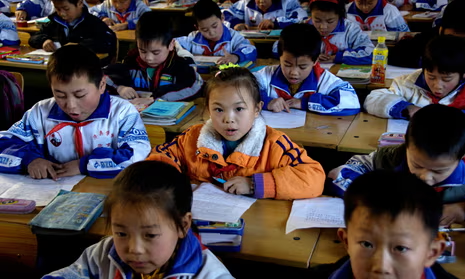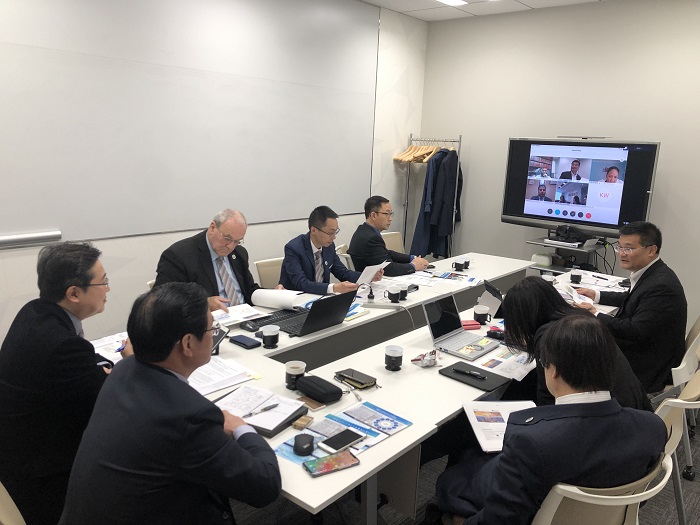Bridging Southeast Asia's gender pay gap
The solution to gender pay gaps seems straightforward—just raise wages for women! But this inequality is in fact influenced by several moving parts, and needs to be tackled by several well-thought out solutions that involve the government and individuals. Some of these factors, and therefore solutions, may also be unique to Southeast Asia.
Southeast Asia is one of the most progressive regions in terms of championing women’s rights. We’ve managed to improve economic participation and close an impressive 72.2% of our gender wage gap in 2022 compared to 2021.
The Philippines is the leading performer of this progress. Though stigmas still remain, the government recently passed the Magna Carta for Women, a landmark law aimed to eliminate all forms of gender-based discrimination.
Singapore is the second-best performer, but still has the largest gap between men and women’s salaries. This inequality may be due to the prevalent occupational segregation, which makes it difficult for women to enter typically male-dominated industries.
This is all optimistic news. However, even at this rate of progress, it will still require us 168 years to achieve true parity within all countries in the region.
This is because unequal pay is not simply about paying men and women equally. It ties back to unequal treatment across genders, and this unequal treatment can be observed among employers and their expectations, as well as the challenges women face when they enter the workforce.
Women often face workplace discrimination, which includes unfair hiring and promotion practices.
For instance, in Vietnam, among job postings in 2015, men were mostly targeted for jobs that required technical skills, such as engineers and IT professionals. Meanwhile, women were mostly targeted for desk-bound jobs, such as assistants and customer service representatives.
Such discrimination could likely be addressed if there were an equal number of or more women in key decision-making positions in the workplace compared to men.
But here another issue pops up—there remains an underrepresentation of women in boardrooms in the region. This results in less advocating for gender equality among decision-makers, and a lack of measures that address women’s concerns in the company.
The lack of women in leadership positions is also due to uneven access to quality education instable, lucrative fields, such as those of science, technology, engineering, and mathematics (STEM) and information and communication technology (ICT).
When it comes to entering the workforce, women are also expected to possess characteristics they are often unable to meet, e.g. educational attainment, former experience, skill sets, and time commitment. It is regularly overlooked that they fall short because of unequal opportunities and society's expectations of their role in the household.
Therefore, in several countries across Asia such as Thailand and Laos, women are less likely to find themselves in managerial and senior official positions compared to their male counterparts.



Such inequality is often the result of deeply-rooted biases that shape the way women are seen in relation to men. Society expects women to take the lead in the household, and this taxing care-giving role often limits their freedom, financial security, and participation in the labour force.
These traditional expectations also, in turn, further disadvantage women during the job application process. 1 in 6 Filipinas are still asked during interviews about their intentions to start a family, which imply that the employers might favour male candidates depending on the answer.
Both women and men were very confident about their skills and potential, but women faced more limitations in taking on leadership roles, even when just considering the prospect of it.Still few women reach the top of the corporate ladder, Roy Stephen C. Canivel for The Philippine Daily Inquirer (link)
The imbalance in household responsibilities can be observed in parental leave policies across Asia. These policies further reinforce the traditional roles of each gender; even if men were more willing to be involved in care-giving, their jobs do not allow them the flexibility to.
Inequality in the workplace begins with harmful mindsets that are fixed on stereotypical gender norms. These mindsets are often influenced by antiquated beliefs and traditions that have been passed down for generations.
It is not surprising that countries with lower rates of female labour participation still obviously subscribe to traditional ideals. In some of these countries, there are still high rates of early marriage among young girls, and other practices that are similarly linked to female subordination and oppression, making it harder for them to break the norm.
Clearly, the gender pay gap isn’t merely about wages. While women continue to resist prevalent cultural norms, true economic advancement can only take place if all women are supported throughout all aspects of their lives.
For this to happen, we need sustainable, systemic action from multiple stakeholders:
Governments should increase the engagement of women in skill training programmes, and establish appropriate facilities to reduce women’s unpaid household care work.
Companies should be more transparent in promotion and pay processes, and enforce similar length of parental leave across all employees.
Individuals should work on our own biases, by checking our own interactions, auditing our media choices, and identifying what truly shapes our own views about gender.
Most importantly, keep talking about it. The more we normalise such discussions, the sooner we’ll acknowledge that gender pay gaps require extensive planning to solve, and act upon it.
This story was first published on Kontinentalist’s Instagram on November 3, 2022. The original version was written by Angel Martinez and illustrated by Sabrina Yazid and Griselda Gabriele.
ReferencesBatista, Juliana. “The Confucianism-Feminism Conflict: Why a New Understanding Is Necessary.” Schwarzman Scholars, August 29, 2017. https://www.schwarzmanscholars.org/events-and-news/confucianism-feminism-conflict-new-understanding-necessary/.
Diesta, Vic. “Workplace Gender Discrimination: Where Do We Stand Now?” Evident Integrated Marketing and PR, March 6, 2020. https://evident.ph/workplace-gender-discrimination-where-do-we-stand-now-vic-diesta-evident/.
“How to Close the Gender Pay Gap | Randstad Singapore.” Accessed October 12, 2022. https://www.randstad.com.sg/career-advice/career-development/how-to-close-the-gender-pay-gap/.
International Labour Organization. “Gender Equality in Recruitment and Promotion Practices in Vietnam,” n.d. https://www.ilo.org/wcmsp5/groups/public/---asia/---ro-bangkok/---ilo-hanoi/documents/publication/wcms_349666.pdf.
Lorenzen, Corey. “Demand-Side Determinants of Wage Inequality .” Major Themes in Economics 1, no. 4 (1999): 27–39. https://scholarworks.uni.edu/mtie/vol1/iss1/4?utm_source=scholarworks.uni.edu%2Fmtie%2Fvol1%2Fiss1%2F4&utm_medium=PDF&utm_campaign=PDFCoverPages.
Pan, Jessica. “Why There Is Still a Gender Pay Gap in Singapore.”The Straits Times, January 11, 2020. https://fass.nus.edu.sg/ecs/wp-content/uploads/sites/4/2020/12/PAY-st-11jan-pA30.pdf.
Sullivan, Helen. “Pandemic Forcing Girls in South-East Asia and Pacific out of School and into Marriage – Study.” The Guardian, March 15, 2021, sec. World news. https://www.theguardian.com/world/2021/mar/16/pandemic-forcing-girls-in-south-east-asia-and-pacific-out-of-school-and-into-marriage-study.
Uniacke, Paula. “Boosting Women’s STEM Leadership in the Asia-Pacific.” The Asia Foundation, July 21, 2021. https://asiafoundation.org/2021/07/21/women-are-the-hidden-gems-of-stem/.
Women’s Empowerment Principles. “Closing Gender Pay Gaps to Achieve Gender Equality at Work.” UN Women, 2020. https://www.weps.org/sites/default/files/2020-06/Guidance%20Note%20_CLOSING%20GENDER%20PAY%20GAPS%20%28web%29%20Final%20v%2022%20June%202020.pdf.
World Economic Forum. “Global Gender Gap Report 2022,” n.d. https://www3.weforum.org/docs/WEF_GGGR_2022.pdf.